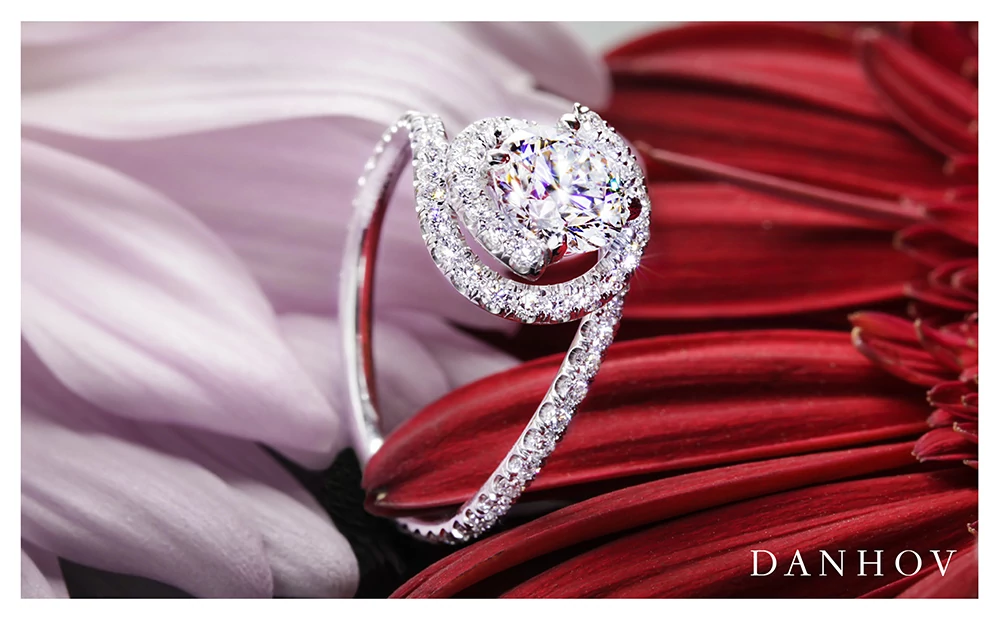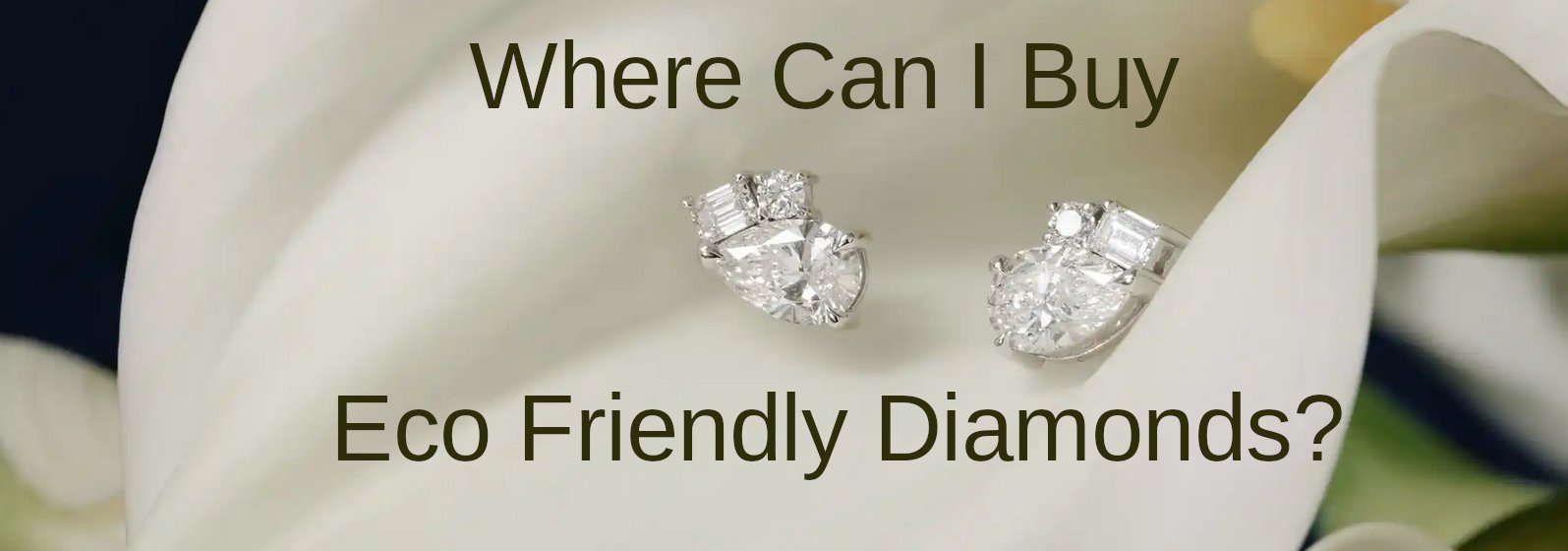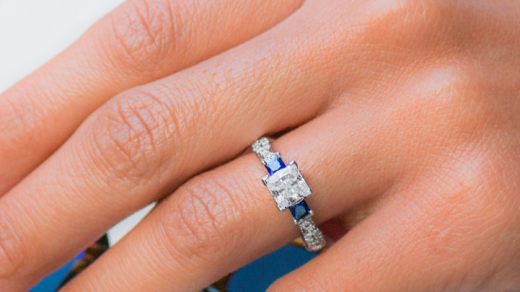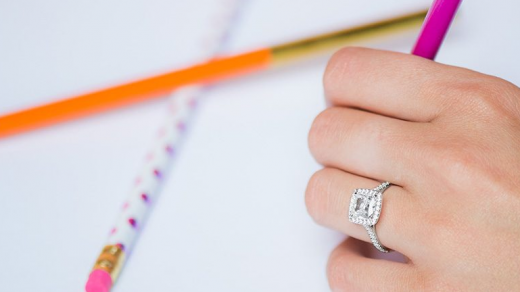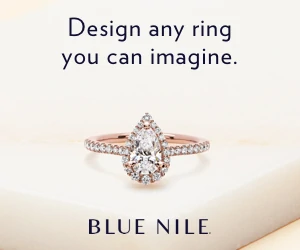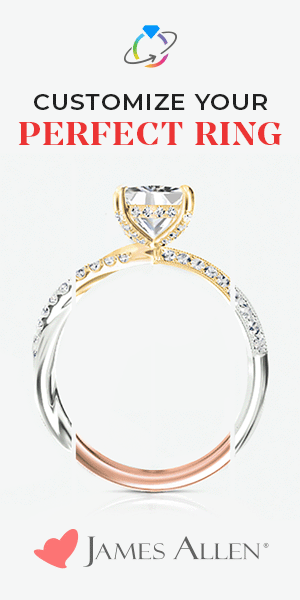The purchase of a diamond for an engagement ring will in all likelihood be one of the most important purchases you’ll make.
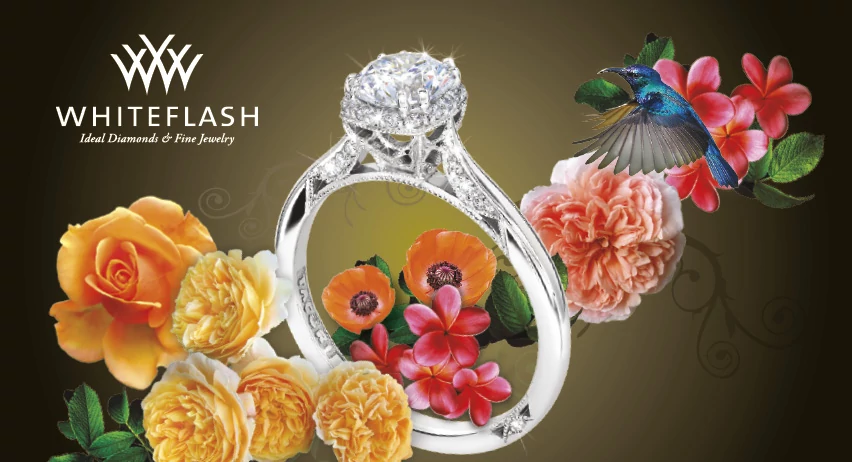
Choosing the size and quality of your diamond can be a nerve-racking exercise.
It’s all too easy to think that in diamonds “bigger is better”, but unfortunately this is not always so!
I know that it kind of seems seems counter intuitive, but all too often the bigger diamond is not actually the best bang per buck.
The reason is that the ‘bang’ has everything to do with the fire and sparkle of the diamond.
How do you get good sparkle? Sparkle is 100% a result of the quality of the cut.
Diamonds are all too often shaped to get the most carat weight, but this can result in sacrificing the potential beauty of the stone. That’s the trade off and if you think about it, it’s not worth it.
A cutter when they are considering how a piece of diamond rough is to be cut has a wide range of options.
They can proportion and finish the diamond in order to maximize his economic yield.
They can do a number of things to retain more weight in the final diamond. For example they may choose to cut it overly deep.
They may choose to leave a thick girdle around the perimeter.
The cutter’s calculation is more about self-interest rather than in optimizing the diamond for light performance (fire and brilliance).
Depending on the size and quality of the rough, the cutter may be able to charge a higher price per carat for the finished diamond if he takes liberties with the cut and keeps the size or carat weight larger.
The market tends to value carat over cut.
Larger diamonds can be sold for hefty premiums, especially those that maintain certain ‘magic numbers’ such as 1.00 carat and 2.00 carat, rather than falling just below those thresholds.
The problem for the person who will end up owning the diamond is that the liberties that cutters take for the sake of increased size can result in an under-performing stone.
The way a stone is proportioned and faceted will determine the quantity and quality of the light being returned to the eye.
A diamond is ultimately to be the center piece in an engagement ring. It will be worn every day and will be the ultimate symbol of love.
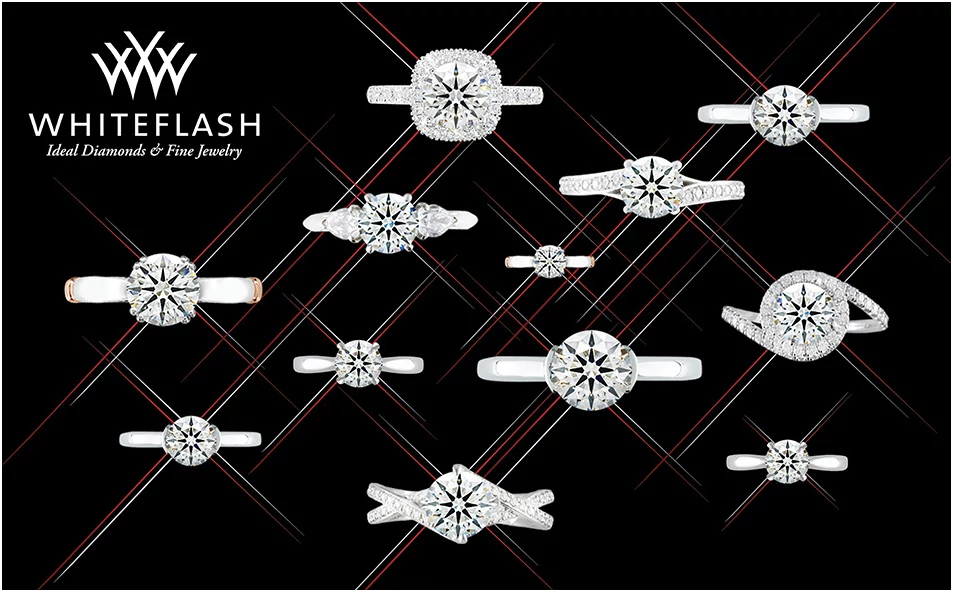
Compromises in cut quality sadly result in diminished beauty.
Diamonds cut to maximize weight often look smaller than diamonds cut for beauty. Yes you read that right.
A heavier diamond can look smaller than another diamond of the same weight which has been cut to maximize brilliance.
Light return may not extend from edge to edge as it does in ideal cut diamonds.
Another thing people don’t often realize is that ideal cut diamonds tend to look whiter than your average commercial cuts.
This is because more ambient light from the environment is being reflected inside the diamond and returned to the eye.
This has an almost magical effect of masking/canceling some of the body color of the diamond.
Diamonds are sometimes cut to maximize the face up size, that is to say the stone’s outer dimensions
You may see this referred to as diamond ‘spread’.
It is essentially the circumference, in the case or round diamonds, or the perimeter of the diamond, if you will, when viewed from a face up orientation.
A diamond which has been cut to be overly deep will have a smaller spread than it could otherwise have were it cut to more “ideal” specifications.
Diamonds cut to be shallow can of course have a bigger spread.
But in both cases, light performance will suffer as a result of having sub-optimal proportions.
A large diamond is naturally going to be a good thing, but just make sure that cut quality has not been compromised for size.
Cut Quality – the Most Important of the 4 C’s
Of the 4 C’s there is one which is critical.
You guessed it: Cut!
GIA tells us that “Cut quality is the factor that fuels a diamond’s fire, sparkle and brilliance. The allure and beauty of a particular diamond depends more on cut quality than anything else”
Diamond craftsmanship determines the diamond’s ability to handle light in an optimal way.
Defects in cut quality will result in diminished light performance and will affect a diamond’s beauty as well as its value.
Cut quality is assessed by both GIA and AGSL.
The grading of diamond cut carried out by GIA is limited to round brilliant diamonds and the grading system is broad.
It is based on predefined tables into which averaged and rounded measurements are entered and then matched to one of five cut grades.
The top GIA cut grade is Excellent.
AGSL performs advanced computerized ray tracing.
The diamond being examined has an accurate 3D model of the diamond created.
They directly measure all the stone’s major optical properties.
The AGSL grade system includes 11 grades. It goes from 0 to 10 with 0 being ideal.
AGSL grading can be performed on princess cuts, emerald, oval and a number of other diamond shapes.
Cutting for Weight – An Old (and Stubborn!) Diamond Industry Tradition
You may be wondering why diamonds are not all cut by default for maximum beauty.
It’s a perfectly valid question. There’s no simple answer, though.
Since the turn of the twentieth century the physics of light was understood well enough for some cutters to design high performing diamonds.
In 1919 Marcel Tolkowsky presented his thesis on Diamond Design which prescribed the basic proportions of the round brilliant that still today form the basis of the ideal cut.
However, for more than a century old habits have proven hard to break as most manufacturers continue to cut diamonds with more emphasis on retaining weight than on making the most beautiful diamond possible.
Send in your question
If you are looking to buy any type of diamond jewelry online you are welcome to send in any questions you may have.
As an affiliate of the some of the world’s finest jewelers I am motivated to find the right purchase that is perfect just for you. Every person has specific needs and every jeweler has specific areas in which they excel.

Thomas J Stevens GIA DG CSG

